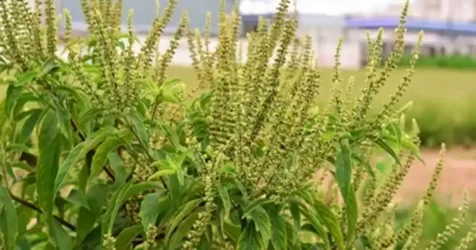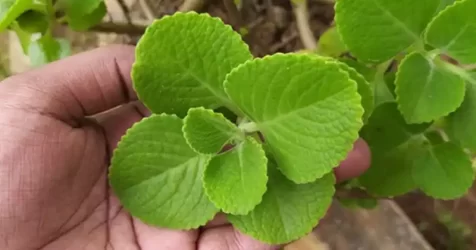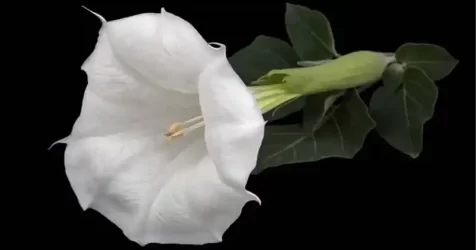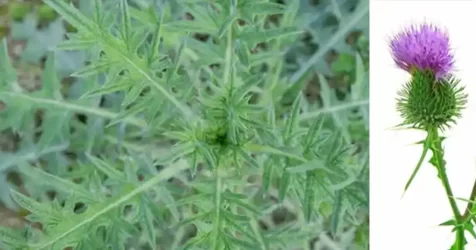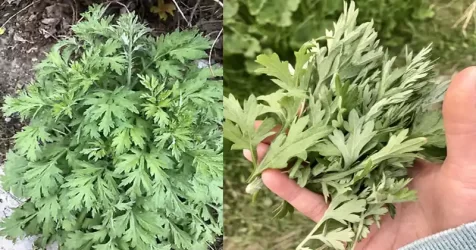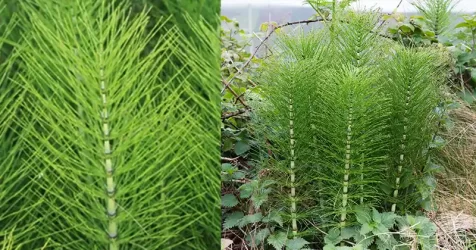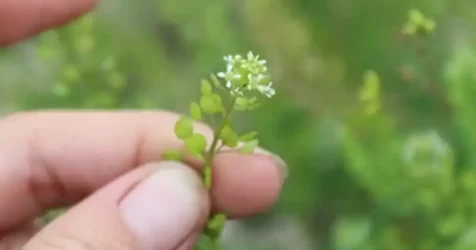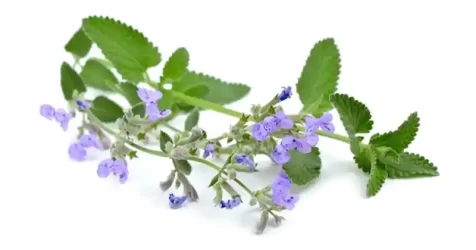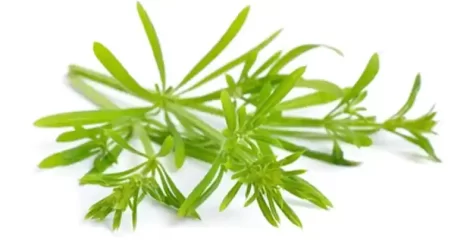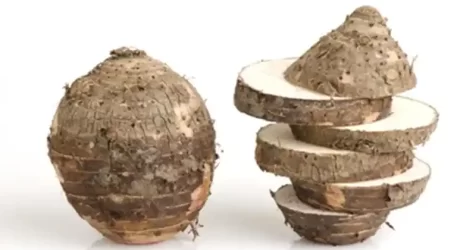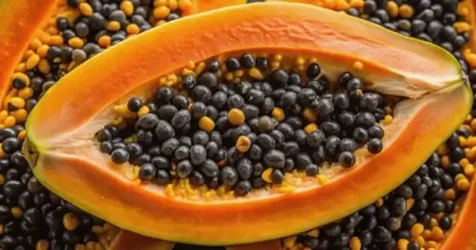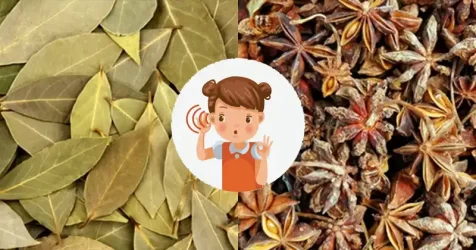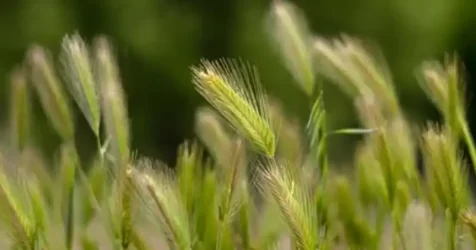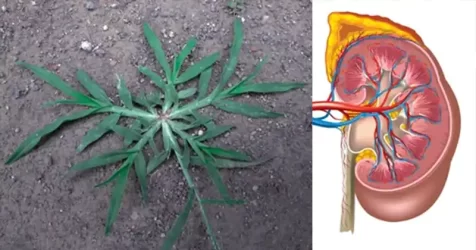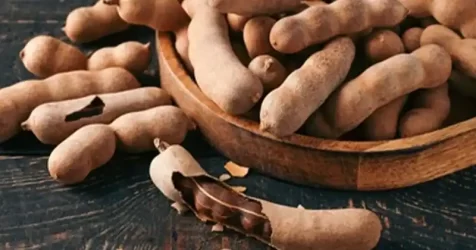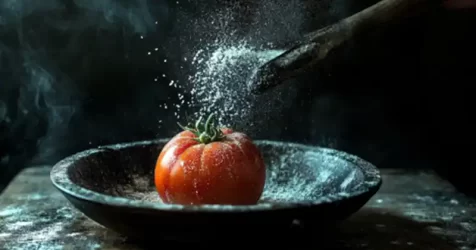Conium maculatum: The Danger of Poison Hemlock Lurking in Your Backyard
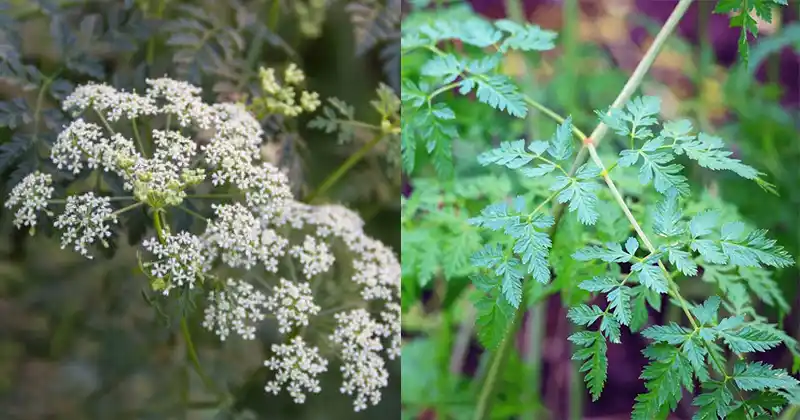
Conium maculatum, commonly known as Poison Hemlock, is one of the most toxic plants that can easily be found in many areas, especially along roadsides, fields, and even in some backyards. Despite its innocent appearance, Poison Hemlock is extremely poisonous and can be deadly if ingested. Understanding this plant’s characteristics, risks, and proper handling can help prevent accidental poisonings, making it vital for people to be aware of what they might encounter in their environment.
What is Conium maculatum (Poison Hemlock)?
Poison Hemlock is a tall biennial plant belonging to the carrot family (Apiaceae). It can grow up to 2-3 meters (6-10 feet) high and has distinctive features that can help you identify it. The plant has a smooth, hollow stem that often shows purple or red spots or streaks. Its leaves are fern-like, lacy, and have a strong, unpleasant odor when crushed. The plant produces small white flowers that form umbrella-shaped clusters, resembling the flowers of harmless plants like Queen Anne’s lace.
Why is Poison Hemlock Dangerous?
The primary danger of Conium maculatum comes from its toxic alkaloids, including coniine and gamma-coniceine. These substances act on the nervous system, causing paralysis that can lead to respiratory failure and death. Even small amounts can be deadly, as both ingestion and skin contact can result in severe symptoms. Livestock and pets are also at risk, as they may graze on the plant unknowingly.
Symptoms of Poison Hemlock Poisoning
Symptoms of poisoning usually appear within 30 minutes to a few hours after exposure. They include:
- Nausea and vomiting
- Increased salivation
- Confusion and dizziness
- Weakness and paralysis, beginning in the legs and spreading upwards
- Respiratory distress, leading to potential respiratory failure
In severe cases, death can occur within hours due to respiratory paralysis. Immediate medical attention is crucial if poisoning is suspected.
How to Identify Conium maculatum
Recognizing Poison Hemlock is key to preventing accidental poisoning. Here are some key identification tips:
- Stems: Hollow, smooth, and often marked with reddish or purple spots or streaks.
- Leaves: Fern-like, finely divided, and give off a foul odor when crushed.
- Flowers: Small, white, and clustered in umbrella-shaped groups.
- Height: Grows tall, often reaching 2-3 meters (6-10 feet).
- Location: Commonly found in disturbed soils, along roadsides, ditches, and the edges of fields.
Note: It is important not to touch the plant directly, as its toxins can be absorbed through the skin.
What to Do if You Encounter Poison Hemlock
If you spot Poison Hemlock, do not attempt to remove it without proper precautions. Here’s what you should do:
- Do not touch the plant directly. Wear gloves and protective clothing if you need to handle it.
- Do not burn the plant. Inhaling the smoke can be toxic.
- Notify local authorities or a professional service to handle its removal safely.
- Keep children and pets away from the area.
Poison Hemlock vs. Look-Alikes
One of the biggest challenges with Poison Hemlock is its similarity to other non-toxic plants such as:
- Queen Anne’s Lace (Daucus carota): It also has white flowers, but the stems are hairy and do not have purple spots.
- Cow Parsnip (Heracleum maximum): Larger flowers and broader leaves, lacking the toxic alkaloids found in Hemlock.
When in doubt, avoid handling any unknown plants with similar characteristics.
Preventing Accidental Poisoning
To minimize the risk of exposure:
- Educate yourself and others about what Poison Hemlock looks like.
- Avoid foraging wild plants unless you are absolutely certain of their identification.
- Teach children not to play with or pick unfamiliar plants.
- Regularly inspect your yard or nearby areas, especially if you live in a rural or semi-rural area.
Handling Poison Hemlock Safely
If you must deal with Poison Hemlock, consider these safety tips:
- Wear gloves, long sleeves, and protective eyewear.
- Dispose of the plant properly, bagging it securely to prevent further contamination.
- Clean all tools and clothing thoroughly after handling the plant.
Natural Habitats and Distribution
Poison Hemlock is native to Europe and North Africa but has spread widely across North America, Australia, and other temperate regions. It thrives in moist, well-drained soils and is often found near water sources, roadsides, and disturbed areas. It can quickly colonize open areas, making it a common sight in many regions.
The History of Poison Hemlock
Historically, Poison Hemlock is infamous for its role in ancient Greece as the plant used to execute prisoners, including the philosopher Socrates. Its potent neurotoxins have made it a feared plant for centuries, yet its innocuous appearance continues to deceive many.
Important Disclaimer
This article is intended for informational purposes only. We are not professionals or medical experts. If you suspect that you or someone else has come into contact with Poison Hemlock, seek immediate medical attention. Do not attempt to handle or ingest any parts of the plant without proper knowledge and safety precautions. Always consult with a qualified professional for any removal or treatment advice.
Poison Hemlock (Conium maculatum) is a highly toxic plant that can easily be mistaken for harmless look-alikes. Knowing how to identify and safely handle this plant is crucial for your safety and the safety of your loved ones. Stay informed, stay cautious, and always err on the side of caution when dealing with unknown plants.
By raising awareness about Poison Hemlock, we can help prevent accidental poisonings and promote safer interactions with the natural world. Stay safe, and educate others about this dangerous yet common plant lurking in our surroundings.
